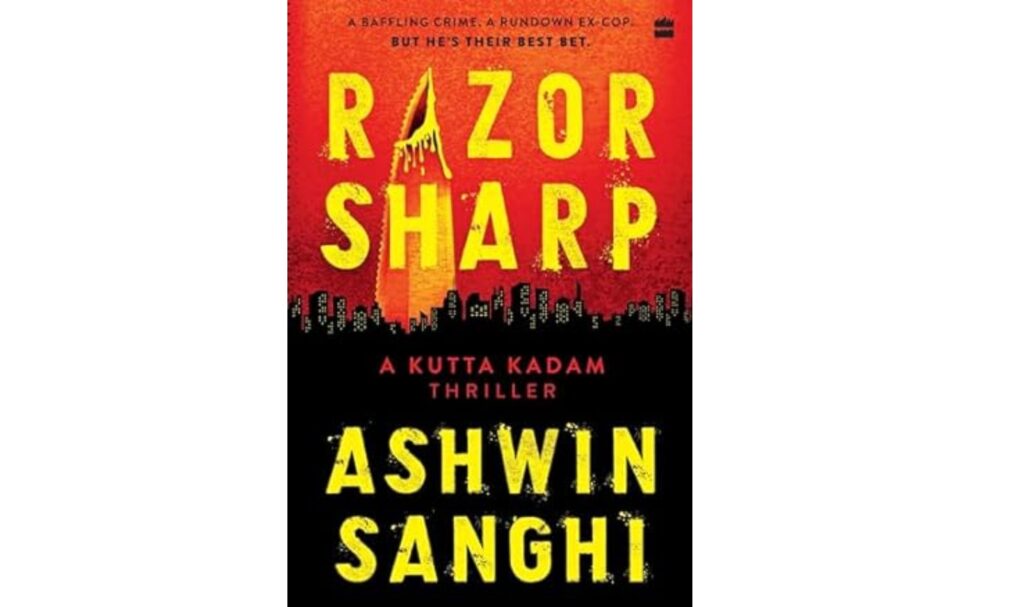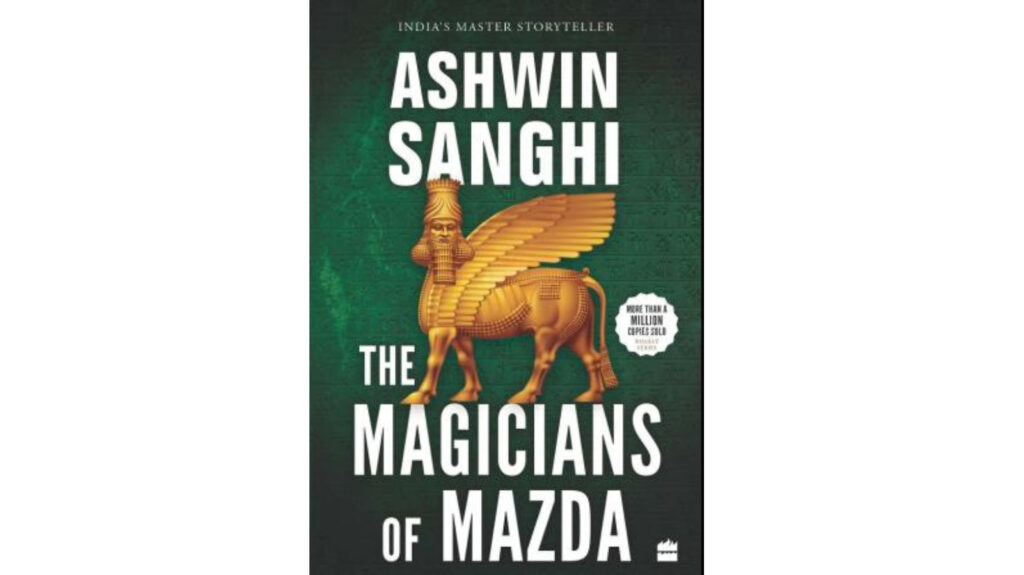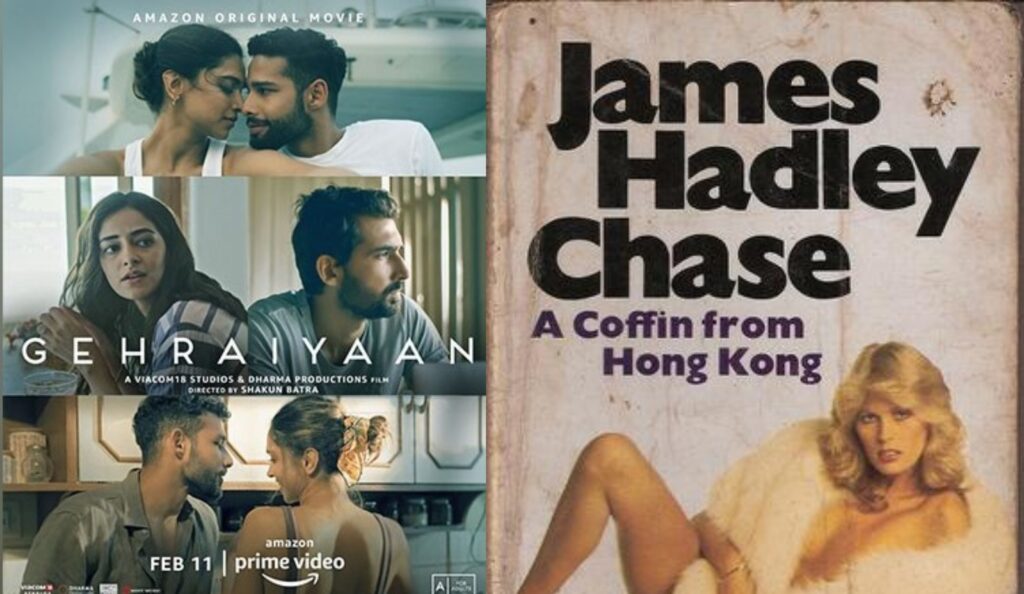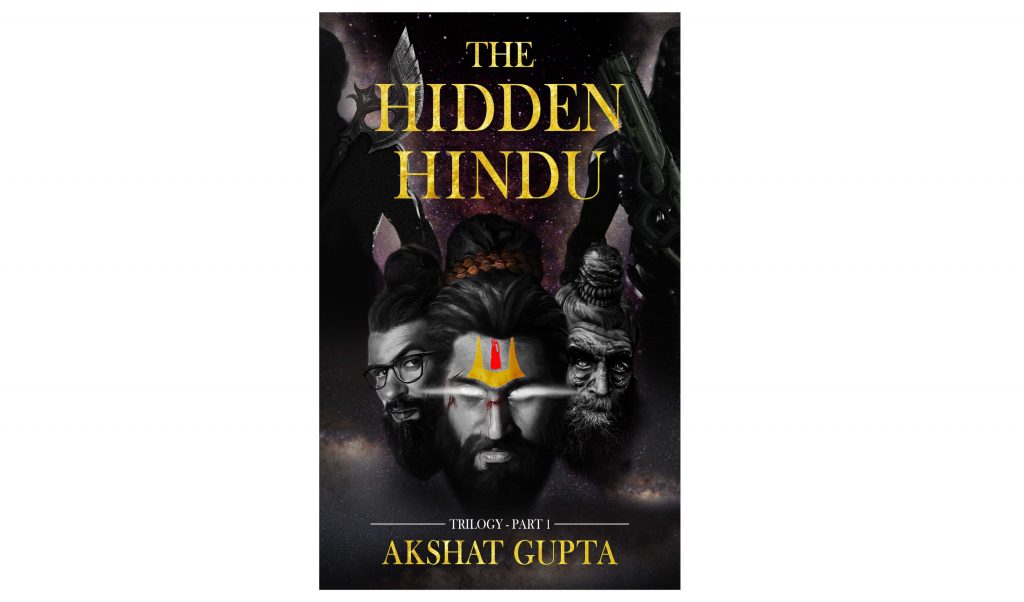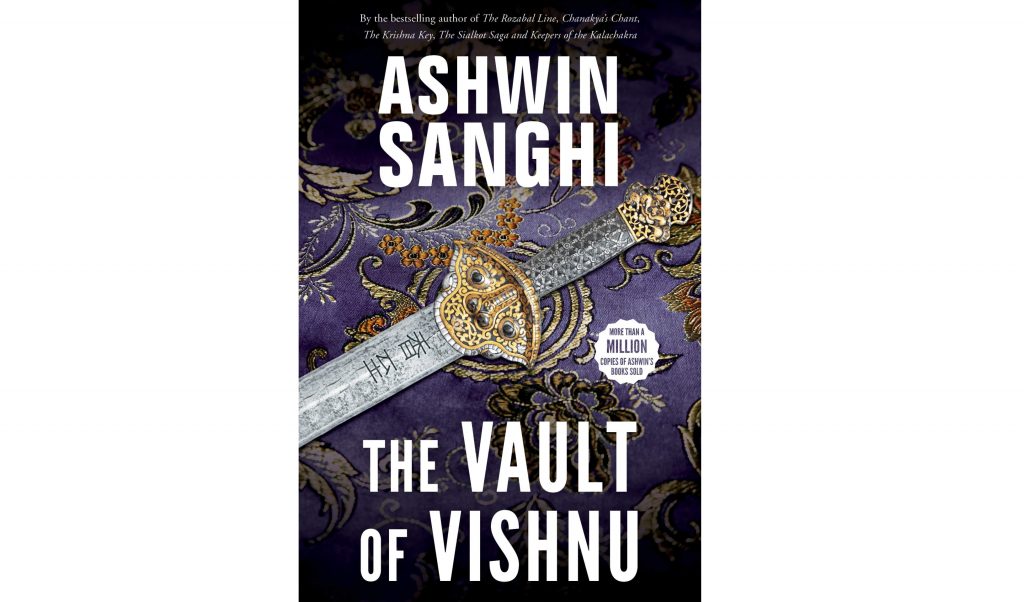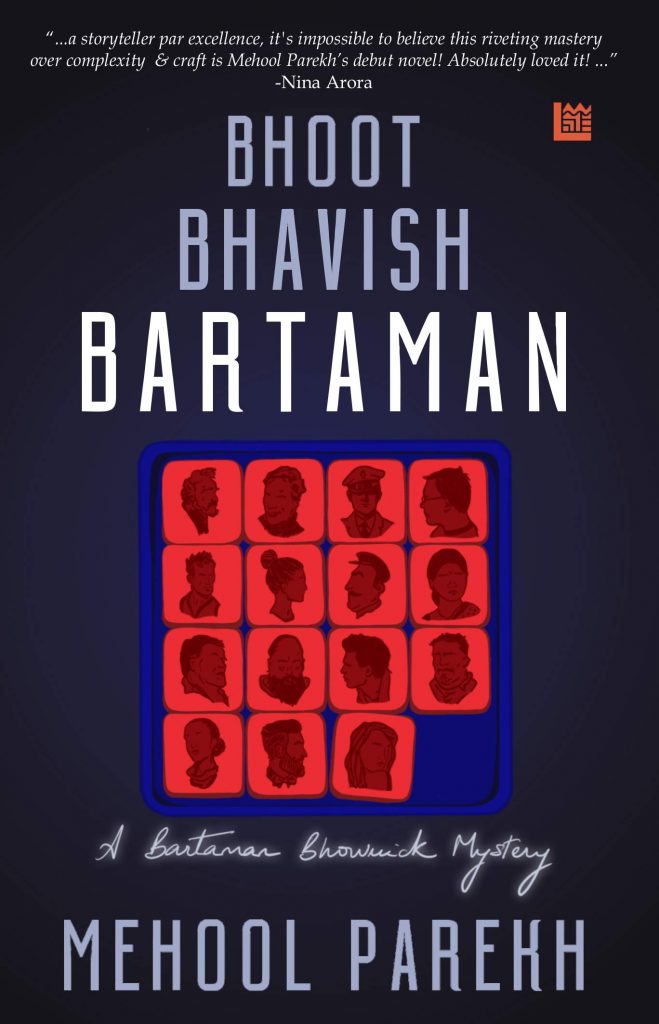It is believed that a poem must consist lines that rhyme with each other. However, this is a misconception. It is absolutely fine to write a poem in a free-flowing form without the lines rhyming anywhere.
The poetry set of debutant poet Pratibha Panghal in her book Listen To The Thorn Birds has a number of poems where none of the lines rhyme but they easily succeed in generating a poetic effect. In fact, most of them poems appear like prose paragraphs but they are written in a completely poetic manner.
Listen To The Thorn Birds largely consists of poems that reflect the pain and heartbreak a person goes through. The poet has achieved this by using direct language and not beating around the bush. Despite a majority of poems expressing pain or sadness, they are written in such a poetic way that you end by being impressed by the use of words instead of being depressed. This, however, doesn’t mean that you don’t feel the poet’s pain.
Some of the most impressive poems from the book include, The Magician And The Children, A Heart With Holes, Albatross, Rains, Palm Reading, She Walks The Tight Rope, On Ageing and Vaccine For Violence.
Another positive aspect about the book is that the poet has used simple, everyday words and sentences to express herself. There is no use of elite English that only a small percentage of Indians understand. But despite the simplicity, the text is rich. In other words, a good balance has been maintained between simplicity and richness.
But Listen To The Thorn Birds is not all about the personal pain. Panghal has also penned a few poems that speak about environmental degradation and destroying of nature in the name of development. A few of them like Elephant Woes and Water also speak about her love and concern for animals. An additional feature of the book are the beautiful paintings and sketches that enhance the words.
Although there is no major negative point in the book, one could have hoped to find at least a few poems that displayed happiness.
Overall: Listen To The Thorn Birds succeeds in moving you.
Rating: 4 out of 5
Author: Pratibha Panghal
Publisher: Bluerose Publishers
Number of pages: 99
Also read: Book Review: Razor Sharp – Ashwin Sanghi dwells into the serial killer zone

